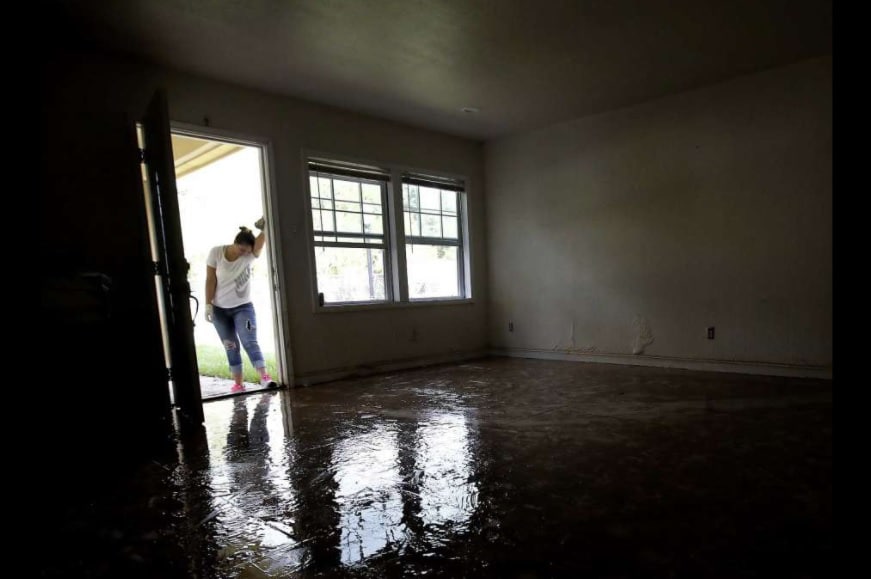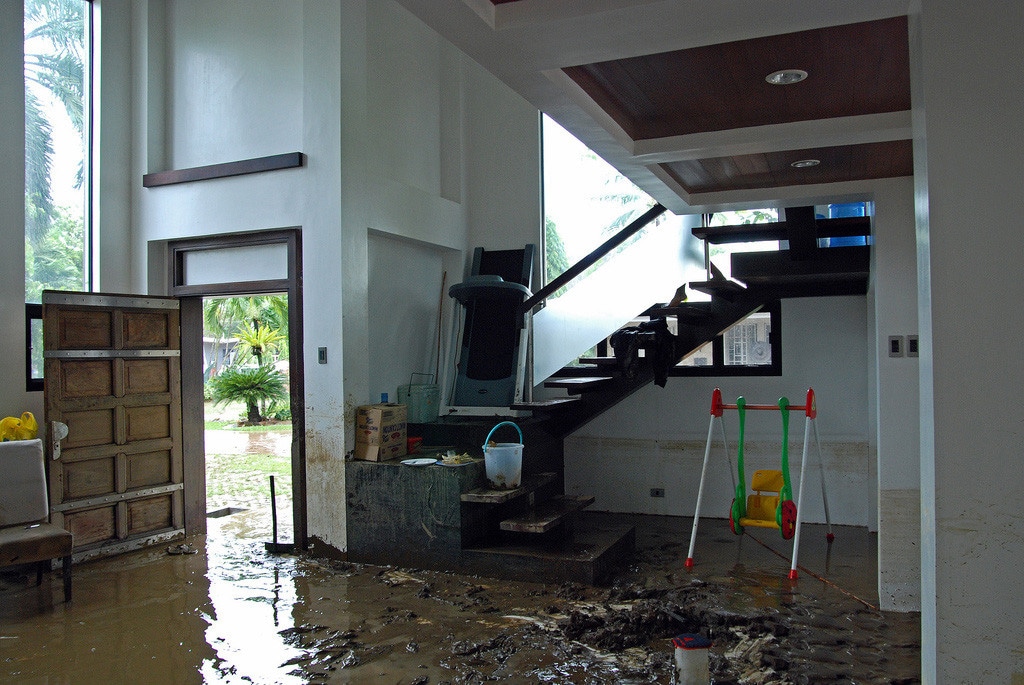When backup wastewater from sinks and toilets floods your home, it’s easy to panic. Clogs and collapsed pipes are often the root cause of the problem, but many homeowners aren’t aware of the problem until it’s too late.
What do you do if your home is suddenly flooded with wastewater? Pipe Shark offers some tips on how to manage the situation.
IMAGE: WSJ
1. Turn Off Water And Electricity
Start by shutting off the water to your home. This will prevent additional water from being released and further flooding your home.
The shut-off valve should be found inside of the meter box. Use a wrench to turn the valve clockwise and cut off the water supply to your home.
Next, turn off the electricity to flooded rooms. Locate your breaker box and switch off the power to these areas and reduce the risk of starting a fire.
2. Clean Up The Wastewater
Once you’ve cut off the source of the flooding and turned off the electricity to flooded areas, you can begin the clean-up process.
Towels can help soak up some of the water, but you may need a wet/dry vacuum or to call in a professional for help.
Do not let the water sit for too long. Standing water will contribute to mold growth and can damage your home. Water can seep into your home’s foundation and warp wood floors.
3. Sanitize The Home
Wastewater may contain contaminants, which can cause health issues if left unchecked. Sanitizing your home will help reduce these health risks.
Start by getting rid of anything that was contaminated by water and cannot be washed in a washing machine. This may mean having to throw out furniture or rugs.
Remove all soil, dirt and other debris that came in contact with flood waters.
Next, wash down all floors, walls, and surfaces that were touched by the flood water or sewage. Use hot water with a low-suds detergent. Rinse the surfaces again with hot water.
Once you’ve done the initial cleaning, you can begin the sanitization process. This means cleaning floors, walls and other surfaces with:
- Diluted laundry bleach
- Diluted Lysol or Pine Sol
After cleaning these surfaces, ventilate the area by opening windows and turning on fans. Keep these areas as clean as possible until all surfaces are dry.
Most experts recommend discarding bedding, toys, furniture, clothing, and carpeting that has come in contact with flood water. The only exception is if these items can be properly cleaned and sanitized.
Move any objects you plan to get rid of outdoors and place them in the sunlight.
When cleaning, be sure to protect yourself. Wear gloves and protective clothing. Keep your hands away from your nose, eyes, and mouth until after you wash your hands and have moved out of the contaminated area.
Any foods that have been contaminated by wastewater should immediately be thrown out. Canned goods may be kept if they are cleaned properly with soap and water.
If the flooding is severe, you may need to call in a professional to help with the cleaning and sanitization process.
If you are interested in even more lifestyle-related articles and information from us here at Bit Rebels then we have a lot to choose from.


COMMENTS